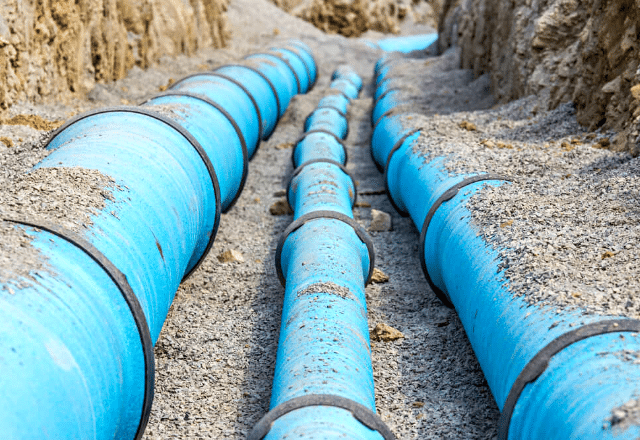
The water lines transporting water throughout your home rarely get much thought – until there’s an issue. From reduced water pressure to leaks, certain signs indicate your pipes need replacing. This overview covers symptoms of failing pipes, evaluation tips, the replacement process and no dig installation methods.
The expected lifespan of water line pipes depends partly on material. Copper pipes last about 50 years. Galvanized steel pipes corrode faster, needing replacement every 20-30 years. Exceeding these timeframes risks leaks, especially with acidic soil conditions and damage from tree roots compromising exterior water service lines.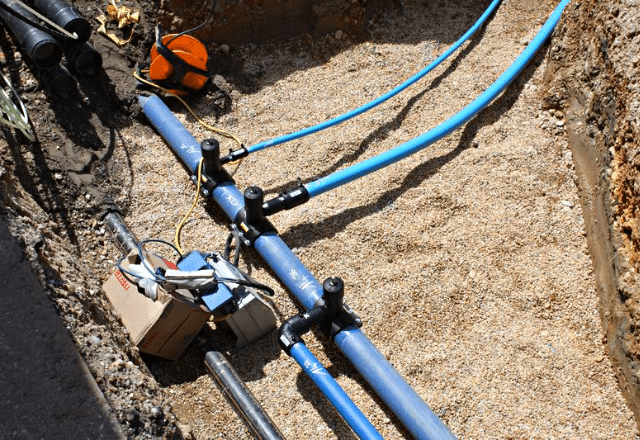
Gradual buildup accumulation inside aging pipes causes increased friction, reducing water pressure at fixtures. Or unseen pinhole leaks emitting small drips sap pressure. Confirm drops at multiple faucets/showers and inspect your water meter during no usage times for spins pointing to a hidden leak.
Rust particles or sediment in water point to corroding cast iron, galvanized steel or even older copper pipes. Brown, yellow or reddish-colored water requires attention before broken pipes or contaminated water become an issue. Have your entire water supply evaluated.
An uptick in water bills without changes in usage habits or new water fixtures often indicates one or more leaks – whether drips inside from worn gaskets/seals or leaks in buried water service lines. Estimates show a 1/16 inch crack can waste 170+ gallons daily!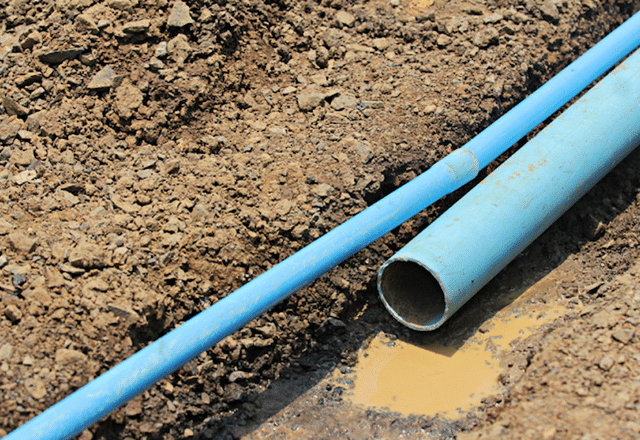
While some water flow noises are normal, consistent banging or loud hammering sounds signal piping problems. Flow changes force pipes to expand and contract, knocking against structures. Or flow through narrow, restricted passages caused by buildup sends vibrations through the system.
Poor water flow – longer waits for heated water, reduced output from faucets or showerheads – stems from multiple factors like partial clogs, mineral deposits or undersized/aged pipes too narrow to handle modern household needs and multiple fixtures running simultaneously.
While localized repairs address immediate issues, recurring leaks in various spots indicate systemic problems from old, deteriorating supply plumbing or water mains/service lines. At some point repairs become wasteful compared to complete line replacement.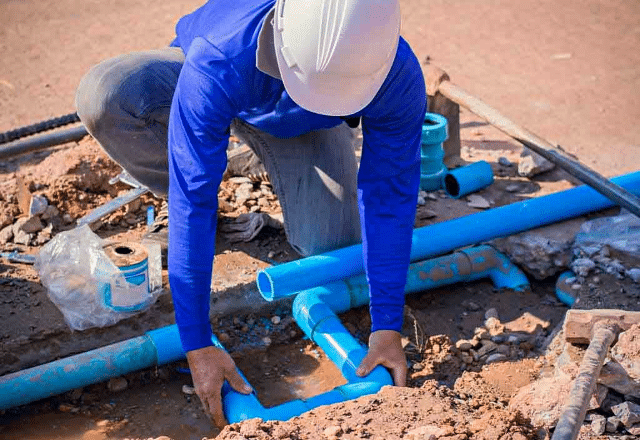
Rather than playing “whack-a-leak”, have professional plumbers inspect the entire system when multiple red flags arise. An analysis of pipe conditions, project costs ranging $2,000-$5,000 on average and potential for major damage guides next steps, potentially justifying replacement.
Typical water line replacement via trenching proves messy and disruptive – digging trenches several feet deep, destroying landscaping, closing off home access and more. But modern trenchless methods require only tiny access holes, doing away with these downsides. Options include pipe bursting to rupture old pipes and install new; pipe reaming to clear out interiors and install replacement pipe inside existing lines; and pipe splitting which cuts a crevice along the length of the pipe and pulls in new pipe.
Catching developing plumbing issues early leads to smaller, more affordable repairs. But once multiple warning signs surface, play it safe by having your entire water supply system evaluated by experienced plumbers. Leverage the latest technologies to make necessary water line replacements faster, cleaner and less intrusive.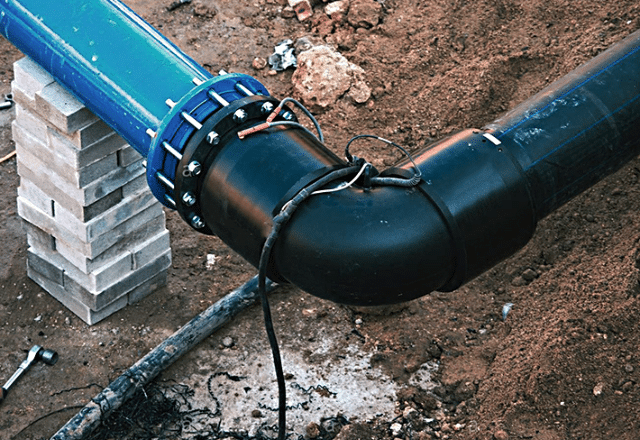
Replacing water lines, rather than continually opting for repairs, offers several significant benefits. When repairs become frequent, particularly in the case of an old or broken line, replacement can be a more sustainable and cost-effective solution.
Overall, while water line repairs can fix immediate problems, replacing old or damaged water lines provides a more reliable, safe, and long-term solution for maintaining a home’s water supply.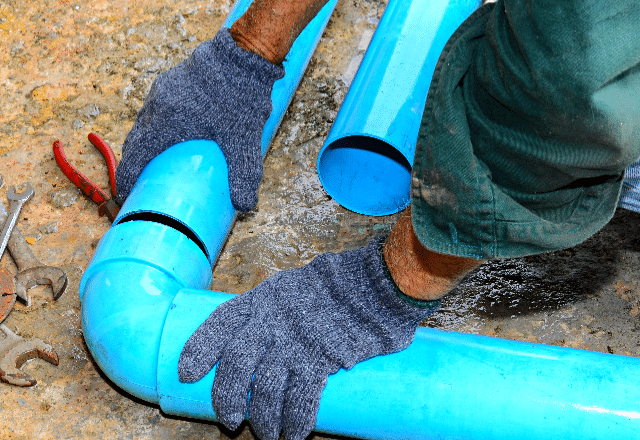
Several factors influence the cost of water line replacement, each contributing to the overall expense in unique ways.
In summary, water line replacement costs are influenced by a variety of factors, including the method of replacement, the materials used, labor costs, the location and environment where the work is being done, and the complexity of the project. Cost ranges can vary widely, and it’s important for homeowners to get detailed estimates and understand what is included in the price.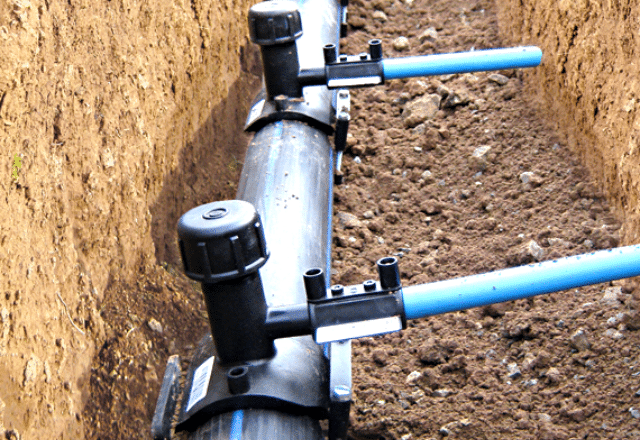
Q1: What are the signs of Frozen-Pipe Problems, and how do they indicate the need for water line replacement?
A1: Frozen-pipe problems are most common in extreme cold climates and can lead to pipe bursts. If you frequently experience frozen pipes, it’s a sign that your water line material or insulation isn’t adequate for your climate. Repeated freezing and thawing can weaken the entire pipe, leading to cracks or bursts. In such cases, a complete replacement with a more suitable water line material or better insulation might be necessary to prevent future frozen-pipe issues and expensive damage.
Q2: How does the diameter of water pipes relate to the need for water line replacement services?
A2: The diameter of your water pipes directly affects the supply of water to your home. If you notice a significant decrease in water pressure or flow, it might indicate that the diameter of your pipes is too small for your household’s demand, or there could be a buildup or damage inside the pipes. Upgrading to a modern water line with an appropriate diameter can ensure adequate access to water and may involve replacing entire water lines for optimal efficiency.
Q3: What public health concerns can arise from old or damaged water line utility pipes?
A3: Old or damaged water line utility pipes can lead to contamination of your home’s water supply, posing serious public health concerns. Leaks or cracks in pipes can allow bacteria and other contaminants to enter, compromising the quality of drinking water. If water from your faucets appears discolored, has an unusual taste or odor, it’s a critical indicator that your water lines might need replacing to ensure safe access to drinking water.
Q4: How does the choice of water line material influence the decision for water line replacement over repair?
A4: The choice of water line material is a significant factor when deciding between repair and replacement. Older materials like galvanized steel or iron are prone to corrosion and buildup, often requiring complete replacement. Modern materials like plastic pipe or copper offer longevity and are less prone to issues like corrosion. If you have older pipes and face frequent issues, opting for a modern water line option using these newer materials can be more cost-effective in the long run, reducing the overall water line repair cost and risk of excess water damage.
I bring over 9 years of dedicated plumbing experience to the table. As a seasoned professional in the plumbing industry, I've tackled a wide range of projects, from residential repairs to large-scale commercial installations.

